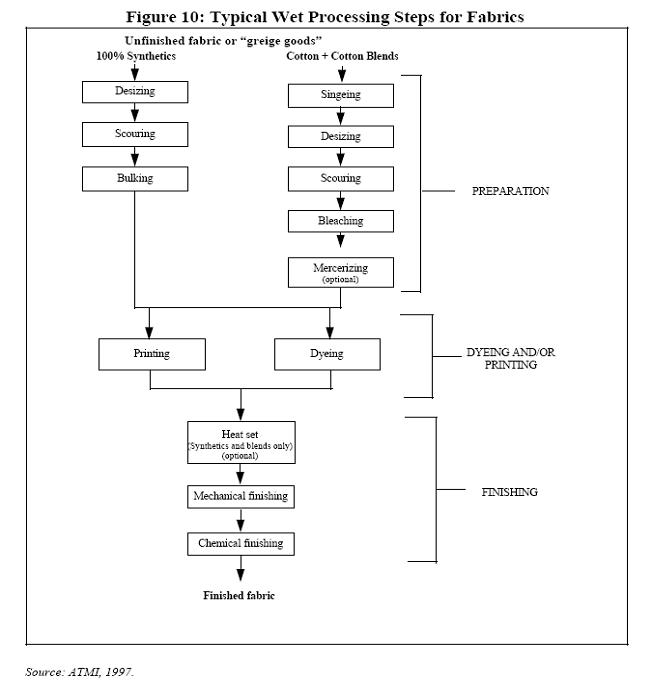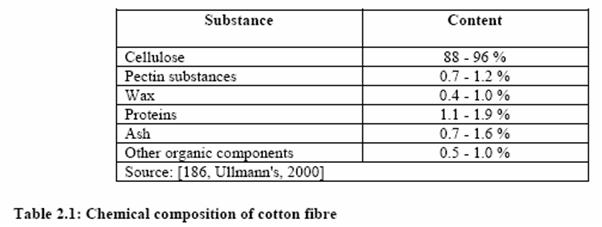Difference between revisions of "Information about cotton and bast fibres"
m (Changed protection level for "Information about cotton and bast fibres" ([edit=sysop] (indefinite) [move=sysop] (indefinite))) |
|||
| (4 intermediate revisions by the same user not shown) | |||
| Line 44: | Line 44: | ||
| − | + | '''CASE STUDIES:''' | |
| − | |||
| − | |||
| − | |||
| − | |||
| − | |||
| − | |||
| − | |||
| + | *;[[Case Studies about solar Integration in cotton and bast fibres production]] | ||
| − | |||
| − | |||
| − | |||
| − | |||
| − | |||
| + | *;[[Case studies about new technologies in cotton and bast fibres production]] | ||
| − | |||
| − | + | ||
| − | + | *;[[Case studies about energy auditings in cotton and bast fibres production]] | |
Back to [[Subsection DB textiles|EFFICIENCY FINDER OF TEXTILE INDUSTRY]] | Back to [[Subsection DB textiles|EFFICIENCY FINDER OF TEXTILE INDUSTRY]] | ||
Latest revision as of 11:16, 1 March 2013
Back to EFFICIENCY FINDER OF TEXTILE INDUSTRY
- Cotton flowsheet
- Typical wet processing for fabrics:
Literature: BAT for the Textile Industry, July 2003
- Cotton
- Fiber decription
Cotton and flax
Cotton fibre consists mainly of cellulose and some other components, as shown below:
Cotton production may use chemicals such as pesticides, herbicides and defoliants and these may remain as a residue on raw cotton fibres that reach the textile mill. However, this is of little concern for the textile industry (the problem is rather with the growers). In fact, tests of cotton samples from around the world, performed from 1991 to 1993, reported levels of pesticides below the threshold values for foodstuffs [11, US EPA, 1995].
Other sources ([207, UK, 2001]) report that a few years ago, bails of cotton were found to be contaminated with pentachlorophenol from its use not only as a defoliant, but also as a fungicide applied on the bales of cotton during transport.
Literature: BAT for the Textile Industry, July 2003
CASE STUDIES:



